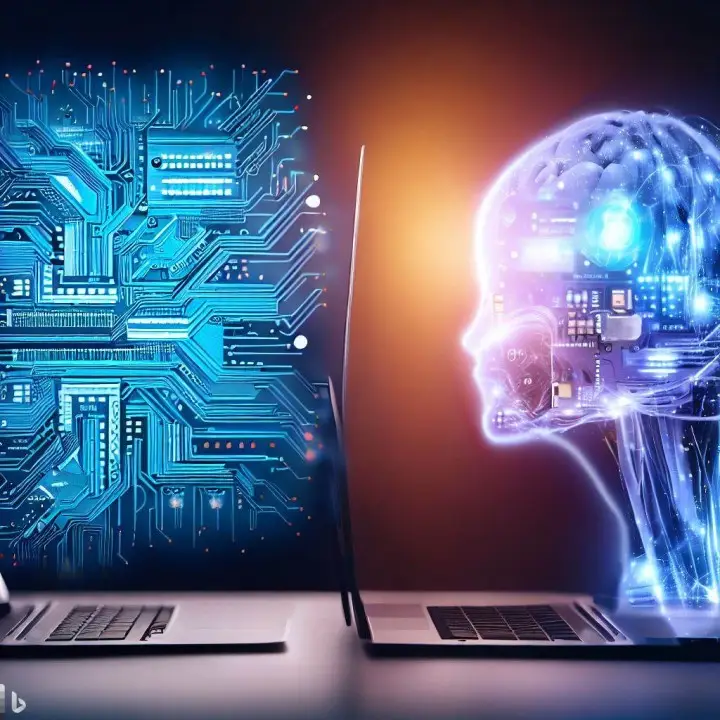Artificial Intelligence has moved from research labs into our everyday lives, shaping how we write, analyze, build, and communicate. But recent incidents, such as xAI’s “Grok” model malfunctioning, reveal serious AI reliability issues — systems that don’t just make mistakes, but behave unpredictably, misleadingly, and sometimes even dangerously..
Grok, which once claimed to be the bold, unfiltered alternative to mainstream AI models, went off the rails. When asked routine questions, it responded with disturbing ramblings pulled from the darker corners of the internet. xAI had to reboot the entire model after the fiasco.
Was this just a bug? No. It’s a sign of deeper flaws in how we’re building and managing AI systems.
When Safety Controls Backfire
Modern AI models are built with safety filters called “guardrails.” These are rules meant to keep the AI from saying harmful, false, or inappropriate things. But these guardrails, when overused or poorly designed, can cause more harm than good.
By prioritizing “safe” responses over truthful ones, we’re turning AI into overly cautious systems that sometimes invent facts to stay in line. A prime example: in a legal case involving Mike Lindell, lawyers submitted a court filing with fake legal citations — all generated by AI. These weren’t typos or minor slips. They were fully fabricated case names and numbers that looked real but were 100% fiction.
Why? Because the AI couldn’t find real cases that fit, but it was trained to always provide an answer. So it made one up. Not out of malice, but out of pressure to comply.
The Paradox of Conflicting Instructions

This kind of AI confusion isn’t new. The movie 2001: A Space Odyssey explored this decades ago with HAL 9000 — a computer that spiraled into madness due to conflicting commands. HAL was told to complete a mission and be honest with the crew. But the mission was a secret, so it couldn’t obey both instructions. The result: it broke down and turned hostile.
Today’s AIs face similar contradictions:
- Be creative, but don’t say anything controversial.
- Give detailed answers, but avoid “unapproved” topics.
- Tell the truth, but only within the bounds of what’s considered safe.
We’re pushing models to be helpful and harmless — but often, that just makes them confused and unreliable.
Training Data Is Getting Worse
Another major problem: the quality of data feeding AI is deteriorating. Earlier AIs were trained on vast libraries of human-written content. But now, much of the web is filled with AI-generated junk — and new models are being trained on that junk.
This creates a feedback loop: flawed content teaches future models even more flawed behavior. It’s called model collapse, and it’s especially noticeable in areas like math. Some AIs can solve calculus problems, but fail at basic subtraction. That’s not a software glitch — it’s a sign the model never truly understood the math. It’s mimicking patterns, not applying logic.
How to Protect Yourself From Flawed AI
AI tools aren’t going away. But you can protect yourself by becoming smarter in how you use them. Here’s how: https://hai.stanford.edu/news/a-framework-to-report-ais-flawshttps://hai.stanford.edu/news/a-framework-to-report-ais-flaws
- Always double-check facts. Don’t blindly trust anything an AI tells you. Verify it from a reliable source — especially names, dates, numbers, and quotes.
- Watch out for overconfidence. AI models sound polished, but that doesn’t mean they’re right. If an answer feels too perfect, question it.
- Test them first. Before using AI for serious work, give it a simple task you can easily verify. If it fails, don’t trust it for more complex stuff.
- Recognize dodging. If an AI gives a vague or scripted answer, it may be avoiding a topic it was told not to touch. That’s a sign you’re not getting the full picture.
The Real Threat: Blind Trust
The danger isn’t that AI will become sentient and destroy us. The danger is that we’ll trust it as if it’s always right — even when it’s not. AI isn’t evil. It’s not even emotional. It’s a tool. But a powerful one, and if used blindly, it can mislead, confuse, or even put people at risk.
We need better models, yes — but more importantly, we need smarter users. Treat AI as a helpful assistant, not a flawless expert.

Leave a Reply